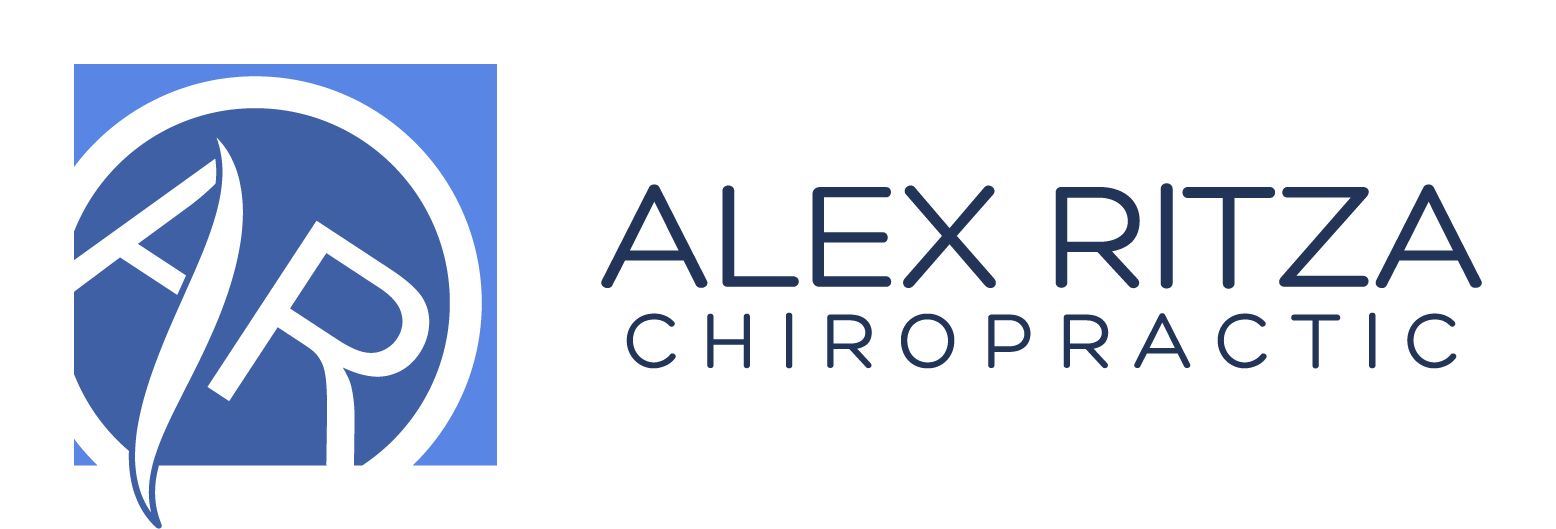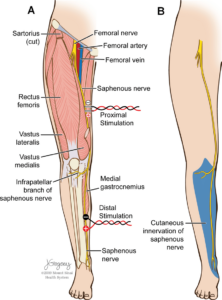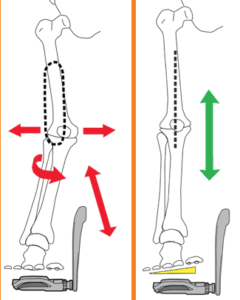Chiropractors Adjusting the Neck: No Reason For Fear
It is common, and normal for patients to feel apprehensive about having their neck treated. Evolution has programmed us to be sensitive towards having our necks touched. The most vital structures for life travel through the relatively unprotected neck, and it can bring about a visceral reaction when others touch this region.
It is so important to understand what adjusting the neck is and isn’t to better understand how it may, or may not be beneficial for you. Much of the negative coverage in the media is unwarranted, and the low risk of treatment is sensationalized.
What is an adjustment? 
A chiropractic adjustment is a precise high-velocity, low amplitude trust applied to the joints of the cervical spine to help to restore normal motion of these joints and reduce pain.
The joints move very quickly and for a short period of time a minute distance beyond their normal range of motion that we get with actively looking around.
A manual therapist uses their hands to hold the next and contact the joints that he or she has deemed to be painful or stiff. A combination of flexion, lateral bending and rotation are used to position the spine properly, with a gentle thrust added to manipulate the joints.
What is happening when my neck is adjusted? Is something cracking in my spine?
 Analogous to cracking one’s knuckles, when the joint is taken beyond its normal range of motion, it can produce a “cracking” sound. Within the joints of the body there is a liquid called the synovial fluid, which helps to lubricate to joints to reduce friction and wear. Within the synovial fluid, there is dissolved gas. When the adjustment is performed, the joint space gets larger in volume, the gas dissolves out of the synovial fluid, and moves into the air creating a “pop” sound.
Analogous to cracking one’s knuckles, when the joint is taken beyond its normal range of motion, it can produce a “cracking” sound. Within the joints of the body there is a liquid called the synovial fluid, which helps to lubricate to joints to reduce friction and wear. Within the synovial fluid, there is dissolved gas. When the adjustment is performed, the joint space gets larger in volume, the gas dissolves out of the synovial fluid, and moves into the air creating a “pop” sound.
This phenomenon is identical to the pop heard when carbon dioxide dissolves out of a can of pop. When the lid is cracked, the volume of the can gets larger, and gas moves into the atmosphere creating a cracking sound.
There is also no research to say that cracking one’s knuckles or the spine leads to arthritis.
Why would adjusting my neck help my neck pain
If you are thinking about seeing a chiropractor or wondering if it can be helpful, you are likely a sufferer of a sore and stiff neck. Adjustments are used to produce the following results
- proven to reduce local pain and pain sensitivity 1
- produce local changes in the nervous system to relax local nerves and muscles2,3
- Improve range of motion at the target structures4
Is having your neck adjusted for the treatment of neck pain dangerous?
For the most part, adjusting the spine and neck in particular is incredibly safe. It is common that in a very small percentage of cases, some residual stiffness may be felt for a few hours.
The major risks associated with adjusting the neck are minor. Risk of joint sprain, strain, or disc injury are incredibly rare and estimated to occur at about 1 in 3-5 million cases.
The serious risk associated with manipulation of the neck is that of a stroke caused by an injury to the vertebral artery. This type of injury called a vertebrobasillar dissection can occur with something as simple as checking your blind spot or looking at the sky. The best evidence suggests that, “the risk of vertebrobasilar (VBA) stroke following a visit to a chiropractor’s office [where adjustments occur] appears to be no different from the risk of stroke following a visit to an MD’s office [where adjustments generally don’t occur].”
As explained in the Neck Pain Task Force, “it is likely that patients in the early stages of VBA stroke are presenting to both chiropractors and family doctors because of neck pain and headache due to pre-existing vertebral artery dissection, which is a risk factor for VBA stroke”.
To put a number to the risk, the odds of a patient experiencing a VBA dissection at a chiropractors office is about 1:5 million adjustments. 4
With any medical intervention there are risks. Whether it is taking an Advil, using acupuncture, or having your neck adjusted, it is the responsibility of your medical practitioner to tell you about the risks, and benefits of any such treatment. Based on this advice, we have to find the best balance to provide the best results in the safest way.
If having your neck adjusted beneficial for some conditions?
YES! Cervical manipulation is resoundingly recommended in the treatment of acute, subacute and chronic neck pain.5
References
- Coronado, Rogelio A., et al. “Changes in pain sensitivity following spinal manipulation: a systematic review and meta-analysis.” Journal of Electromyography and Kinesiology5 (2012): 752-767.
- Pickar, J. G., & Bolton, P. S. (2012). Spinal manipulative therapy and somatosensory activation. Journal of Electromyography and Kinesiology, 22(5), 785-794.
- Maigne, J. Y., & Vautravers, P. (2003). Mechanism of action of spinal manipulative therapy. Joint bone spine, 70(5), 336-341.
- Haldeman, Scott, et al. “Arterial dissections following cervical manipulation: the chiropractic experience.” Canadian Medical Association Journal7 (2001): 905-906.
- Haldeman, Scott, et al. “The bone and joint decade 2000–2010 task force on neck pain and its associated disorders: executive summary.” Journal of manipulative and physiological therapeutics2 (2009): S7-S9.




